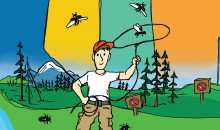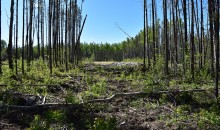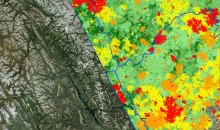
Mountain Pine Beetle Ecology Program
Research on beetle biology, its effect on the landscape, and the effectiveness of various management strategies.
The mountain pine beetle remains a severe threat to Alberta’s pine forests despite the province making positive progress in controlling its spread within the province and aiding in abating the risk to the rest of Canada.
The program is focusing on five key research themes

Unlike in British Columbia where lodgepole pine has coevolved with Mountain Pine Beetle, Alberta pine is more vulnerable to mortality due to a lack of co-evolution. As the MPB spread eastward through the novel habitats of lodgepole, lodgepole pine – hybrid jack pine and pack pine one can expect to witness unique population dynamics and a range of biological interaction with new hosts. Many uncertainties exist regarding their interaction with novel hosts, fungal associates, natural enemies, and competitors. Moreover, climatic variations will broadly shift our current understanding of biological interactions that will required elucidation to ensure effective operational decisions. Re-exploring MPB biology in eastern habitats is therefore required to understand the risk to eastern pine forests better.

The mountain pine beetle expands its range by spreading through the landscape by short and long-distance dispersal flights. In the extended range, MPB populations are challenged with more heterogeneous pine forests of lodgepole pine, hybrid lodgepole-jack pine exhibiting various degrees of resistance and a vastly different climate than experienced in their historical range. All of these factors affect their dispersal capability and impact population expansion.

Tools to confidently detect the presence of MPB at varying densities are critical to the successful management of populations. Analysis by Carroll et al. (2017) indicates that MPB single‐tree control efforts in homogenous stands in western Alberta were effective at limiting spread. Control efficacy is partially limited by effectively detecting green-attack trees and responding within a given timeframe. Historically, provincial detection efficacy ranged between 54-68 percent. Provincially, detection accuracy within the 50 metres concentric survey plot averages 98.5 percent and increases only marginally at increased plot radii.
Management of MPB involves short-term beetle-focused (single-tree treatment) actions and long-term host management strategies that target forest composition at a larger scale. These strategies rely heavily on stand susceptibility models, operational decision support tools, and MPB spread models.

MPB outbreaks cause broad-scale ecological changes in pine forests leading to socio-economic impacts affecting community well-being, safety and security of the forest industry. These changes may be less predictable in the MPB expanded range, but understanding their impact is necessary to develop preparedness and increase community resiliency. Research on the effects of MPB in these new novel habitats is required. Moreover, understanding is needed on the response of endangered species to changes in habitat due to MPB, on hydrologically induced changes across the landscape and on stand regeneration. Research carried out by fRI Research through its Mountain Pine Beetle Ecology Program has provided essential insights to these questions, but more needs to be done. It is essential to incorporate this science-based knowledge into management strategies and to inform future risk assessments.

Studies have shown that tree mortality resulting from MPB infestations affects the susceptibility of stands to fire through changes in fuel loading, fuel structure, and microclimates. Changes in fuel chemistry, e.g., the release of highly flammable terpenoids by dying trees and availability of standing dead trees, can have potentially dramatic impacts on fire behaviour (Jenkins, 2014). Parsons et al. (2014) noted that MPB-killed trees may increase the frequency and intensity of wildfires and contribute to a more rapid spread and a greater likelihood of crown fires (as reviewed by Nealis and Cooke 2012, Parsons et al. 2014). However, many knowledge gaps remain, particularly in light of climate change and the movement of MPB into novel habitats.
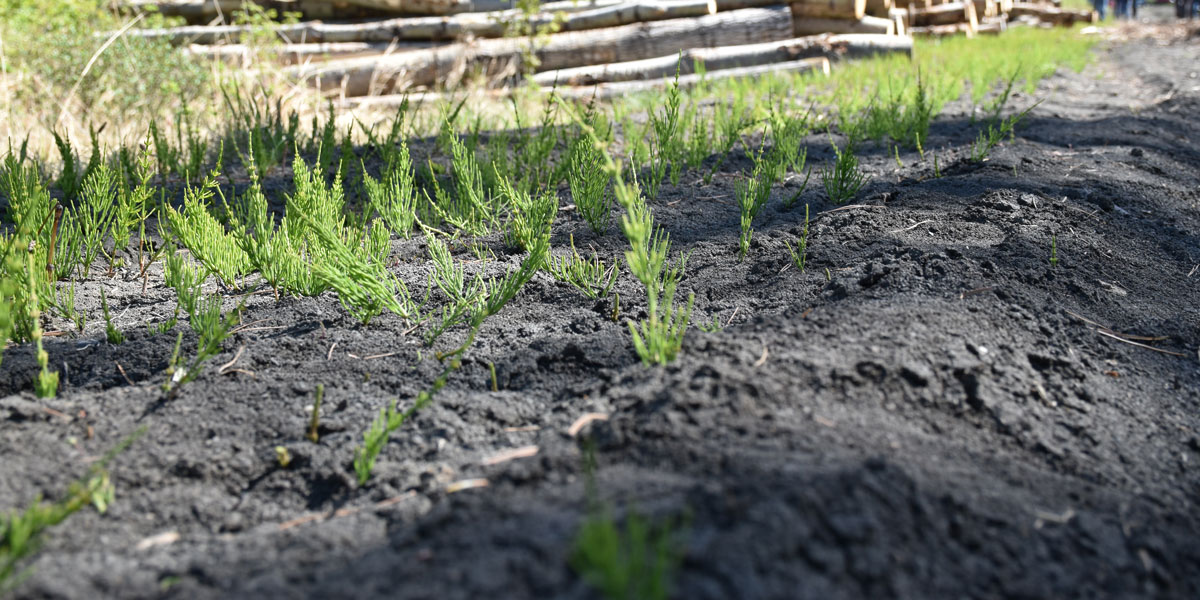
Soil Carbon Stocks in Forests Recovering from Mountain Pine Beetle Outbreak: A possible carbon sink?
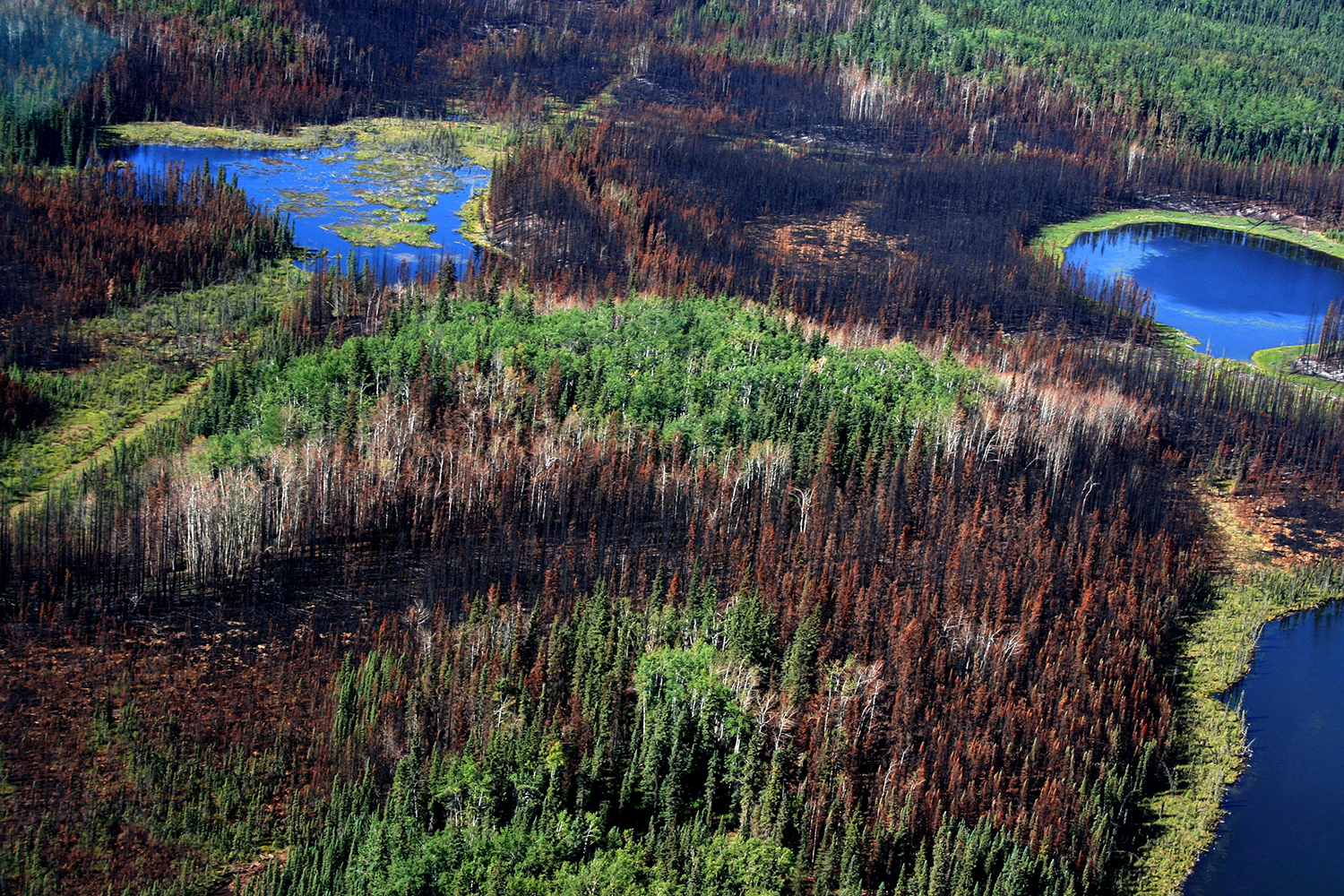
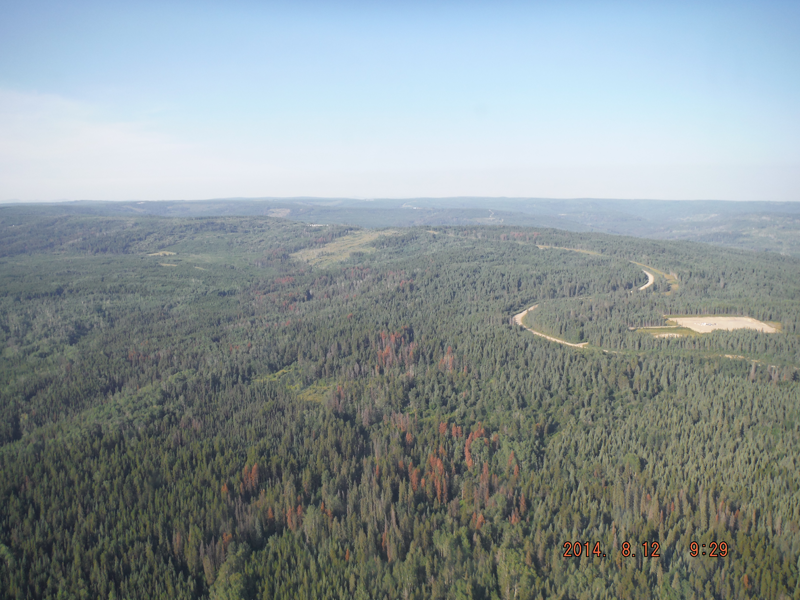
Wildlife Responses to Forest Stands Impacted by Mountain Pine Beetle in Western Canada: Introduction

Community Resilience to Mountain Pine Beetle and Other Forms of Disturbance and Change: Introduction
A
M
N
- NSERC (National Sciences and Engineering Research Council of Canada)
- Natural Resources Canada, Canadian Forest Service, Laurentian Forestry Centre
- Norbord
- Northwest Territories Ministry of Environment and Natural Resources
R








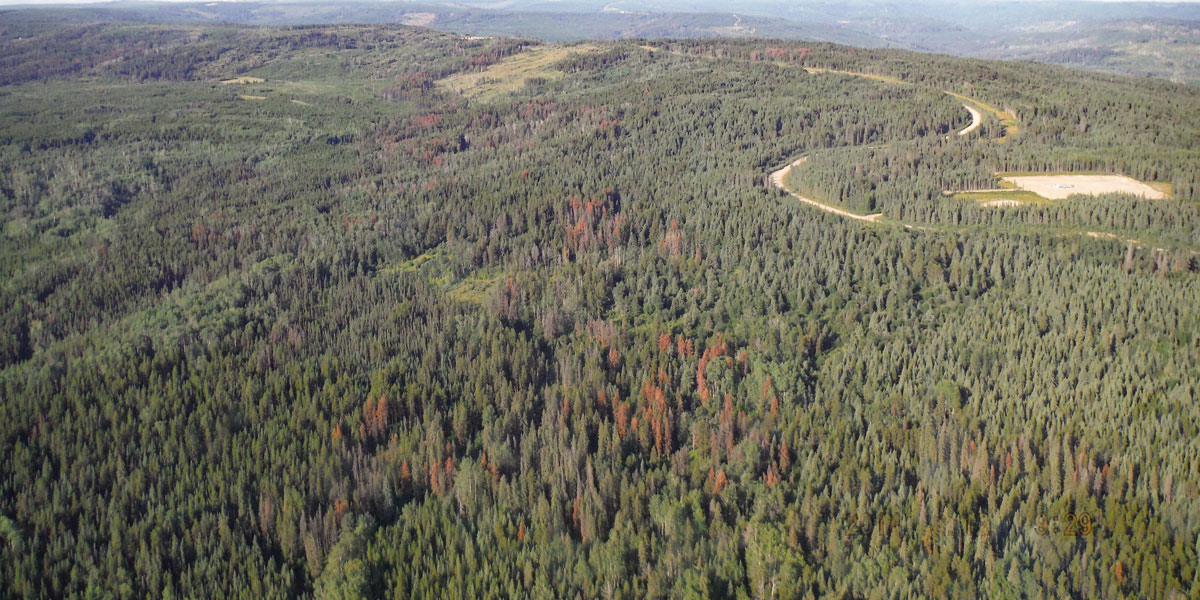
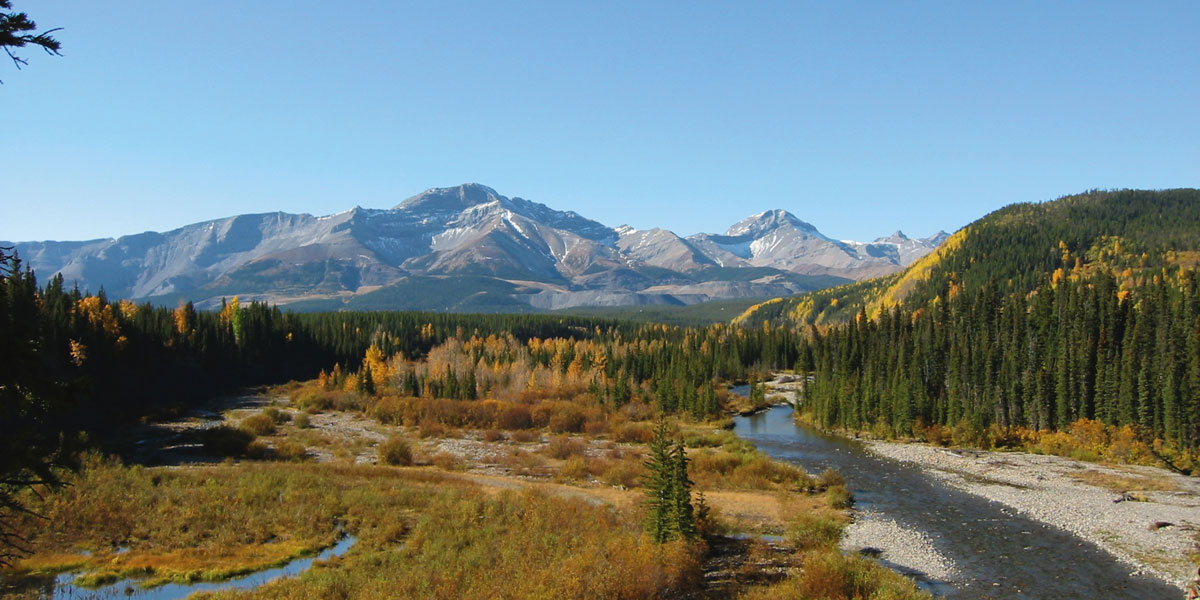
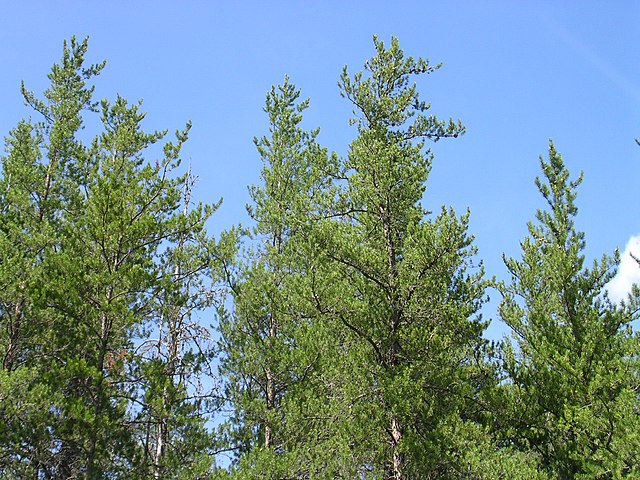
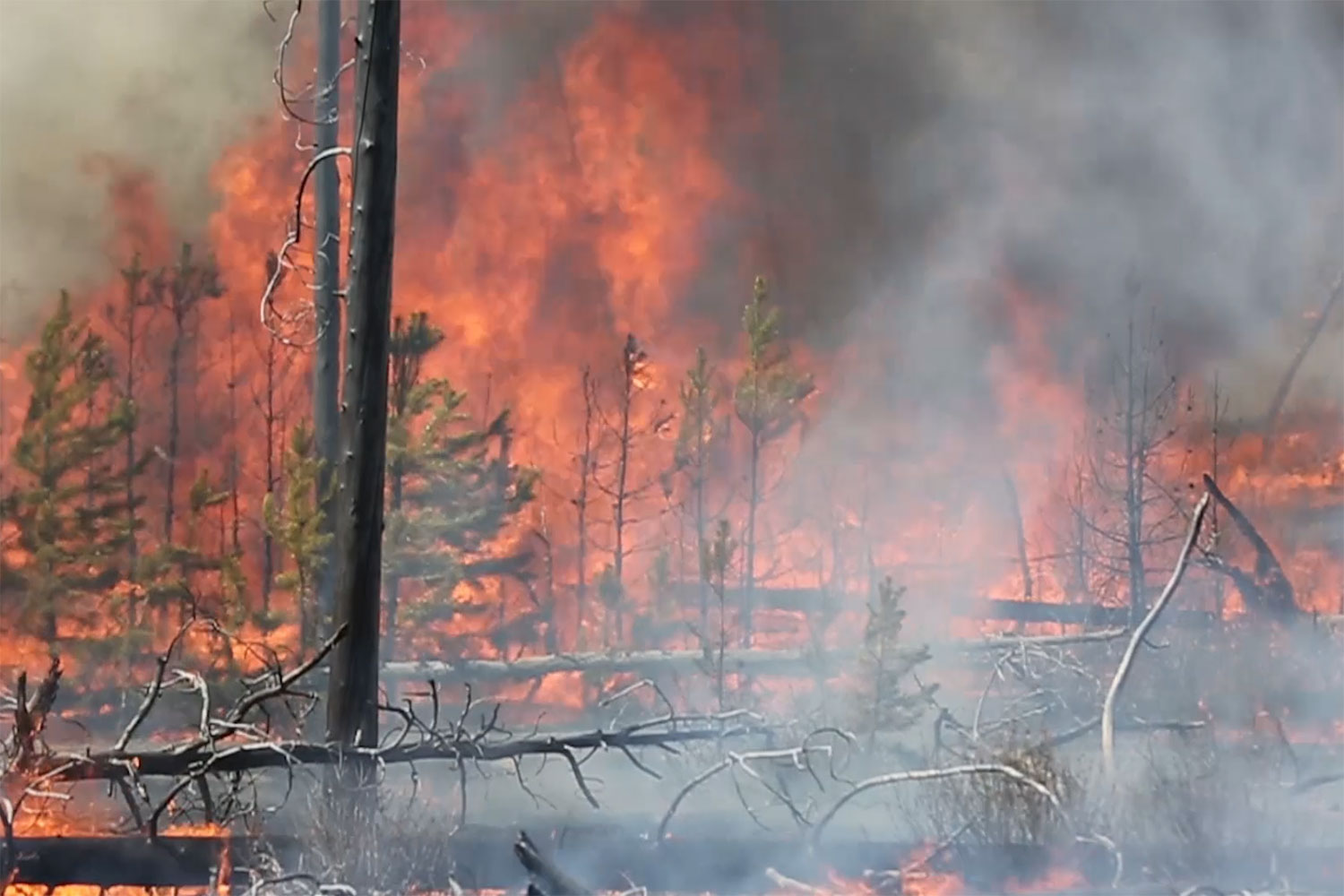
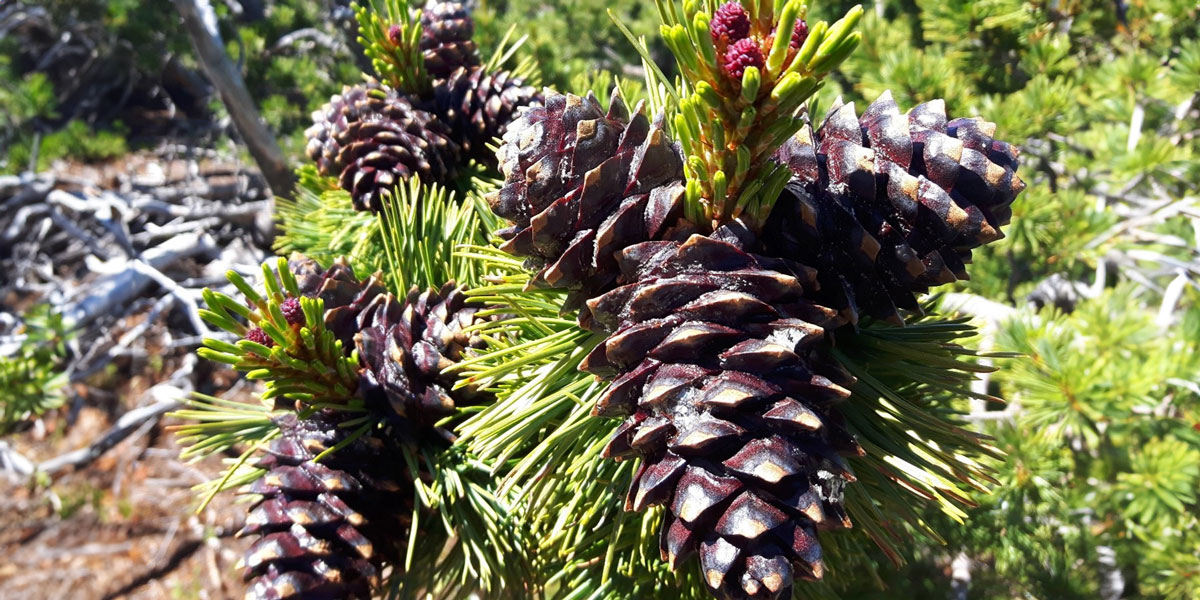
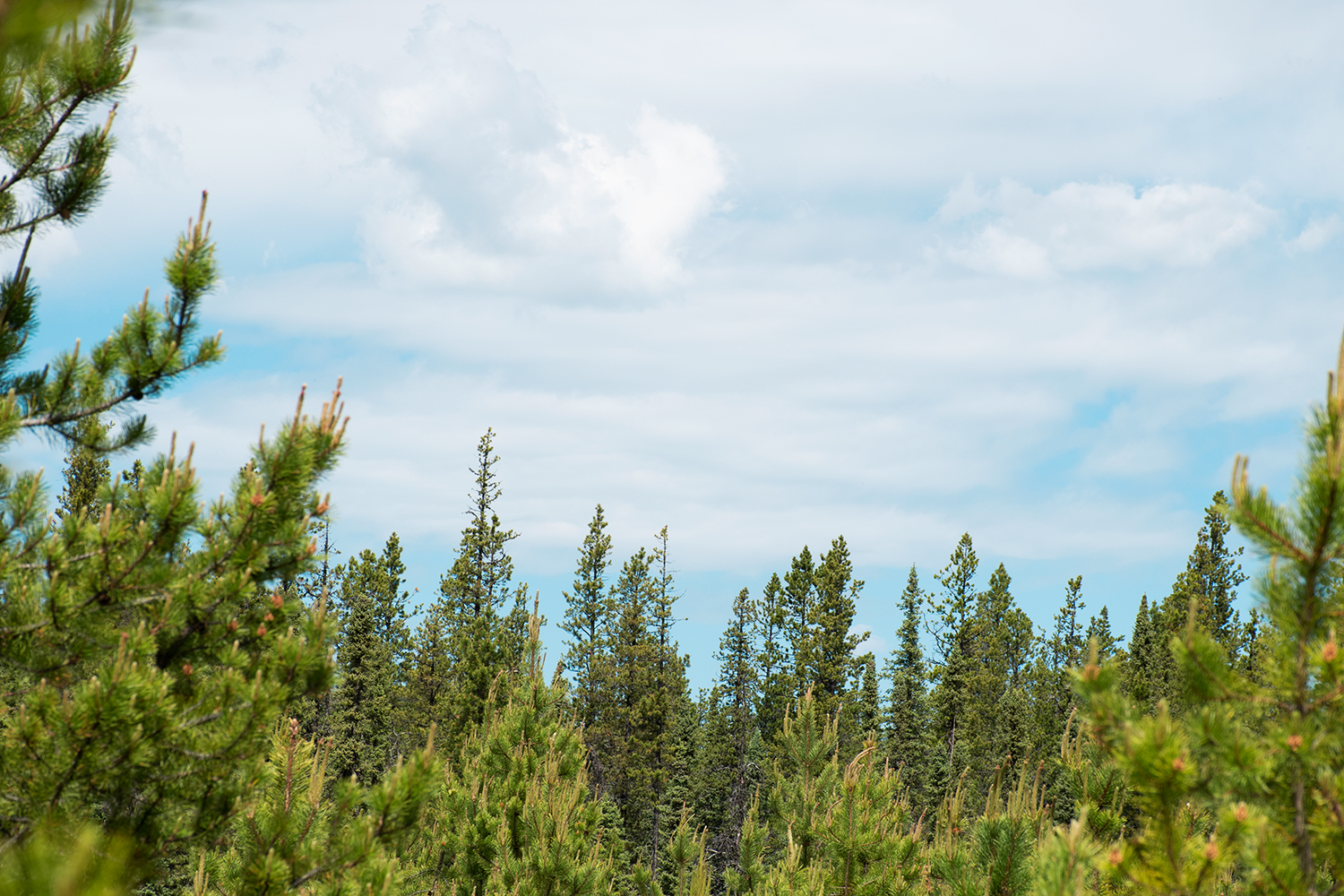
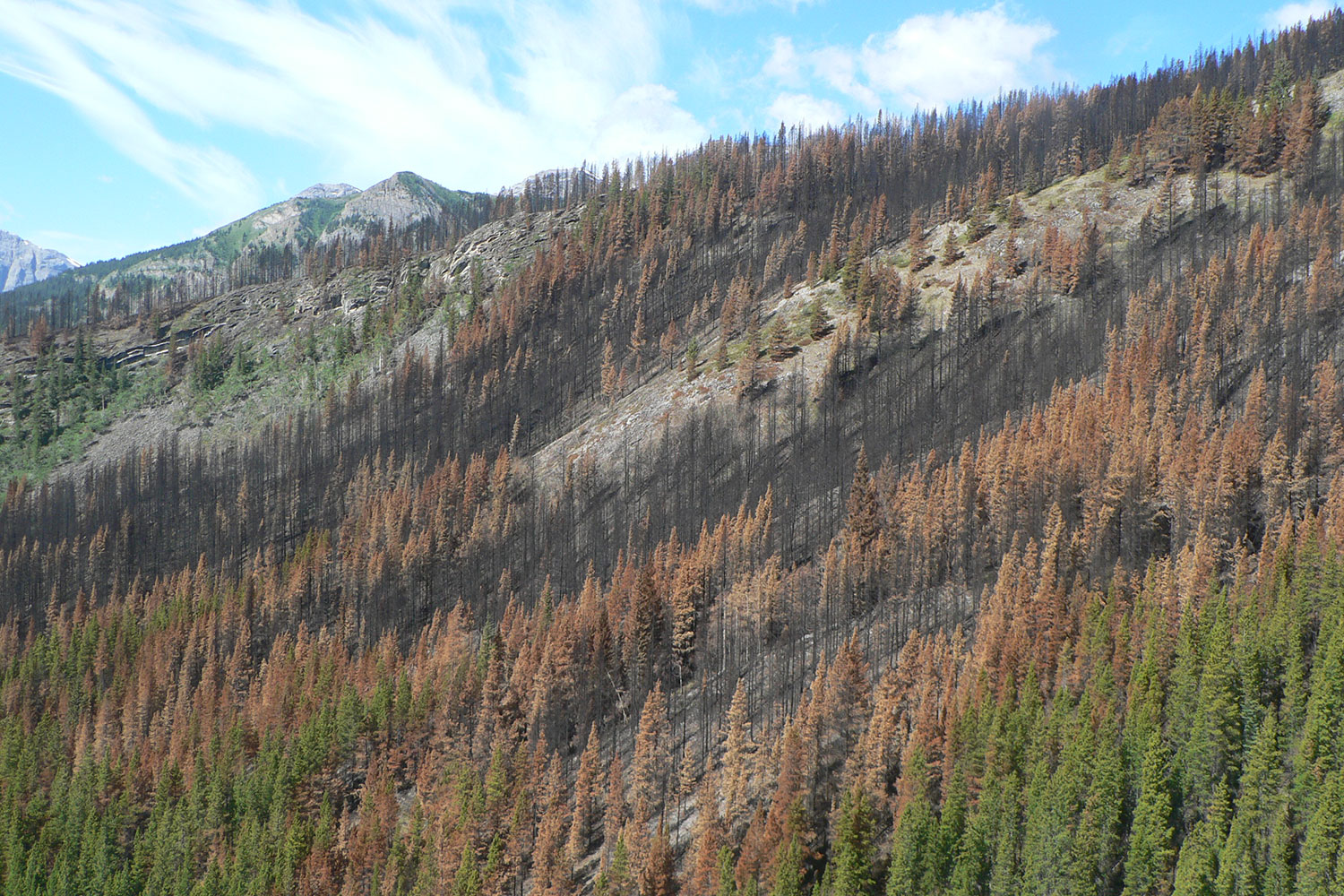

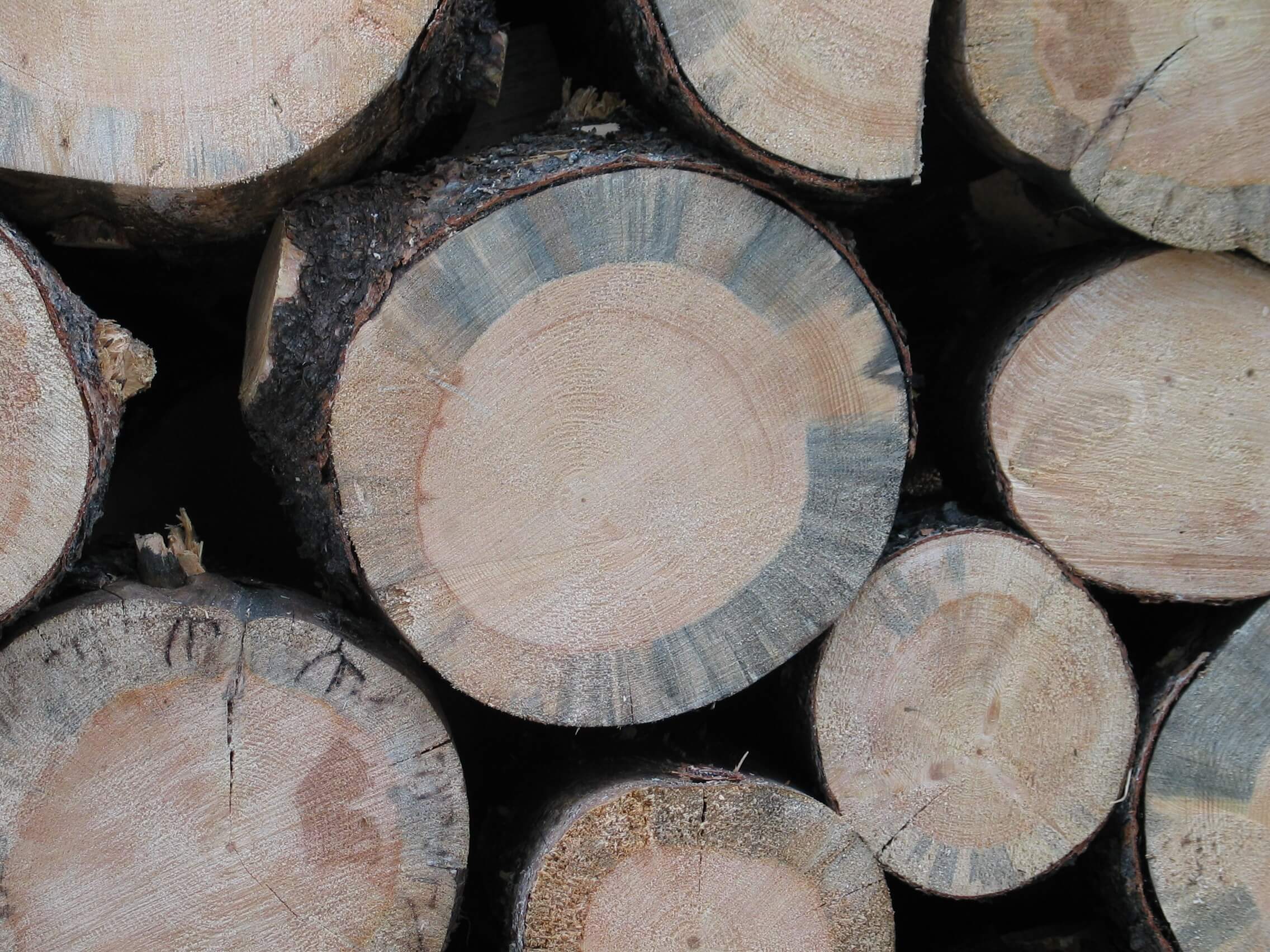
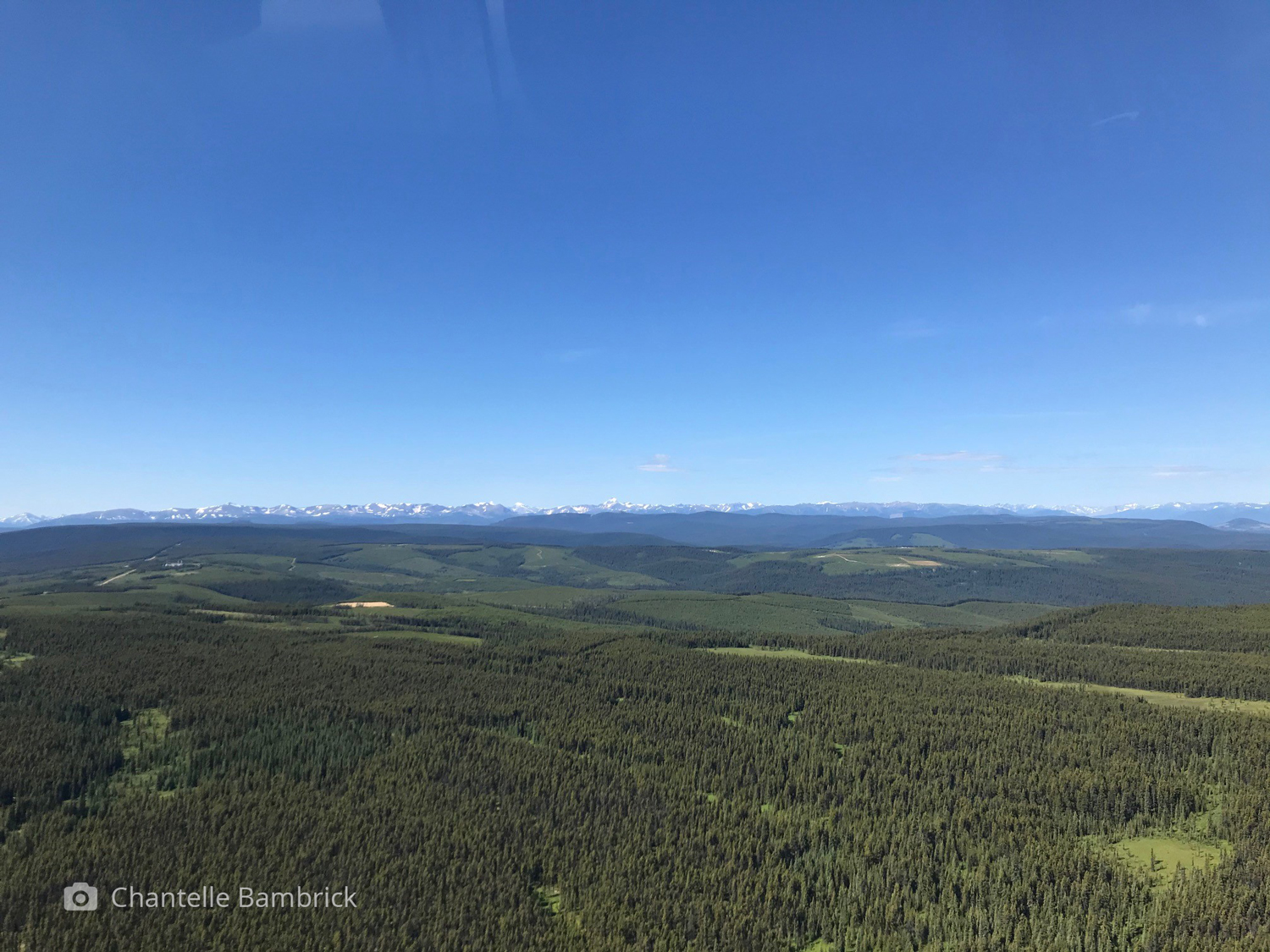
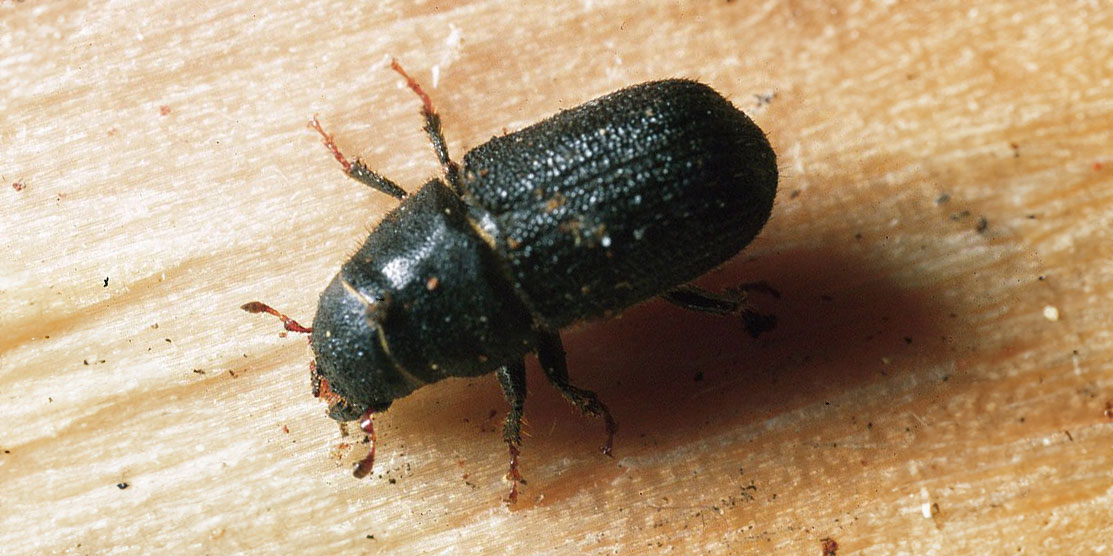

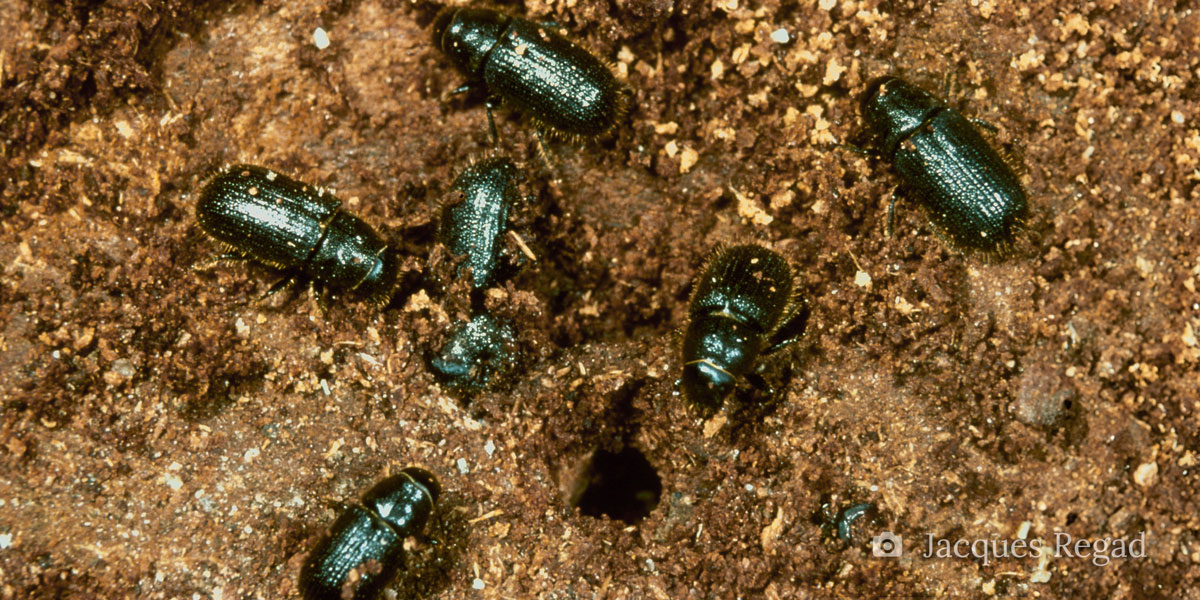
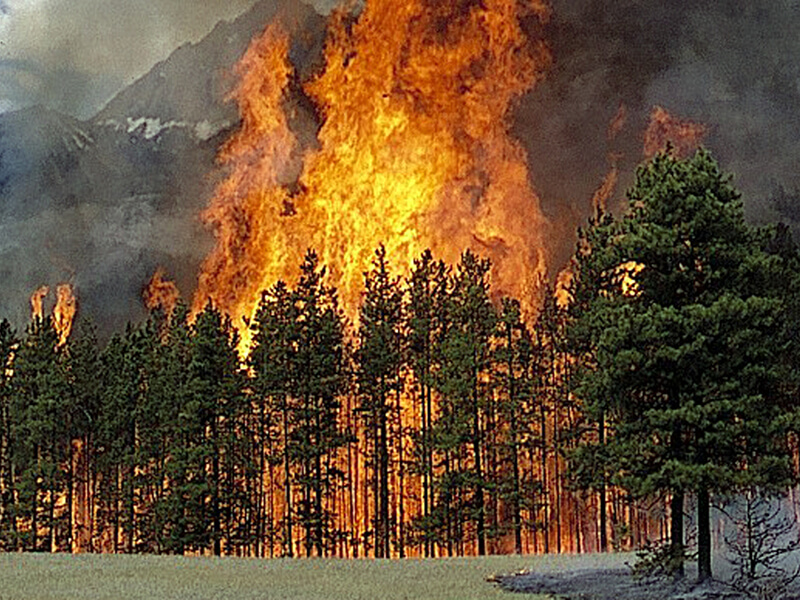

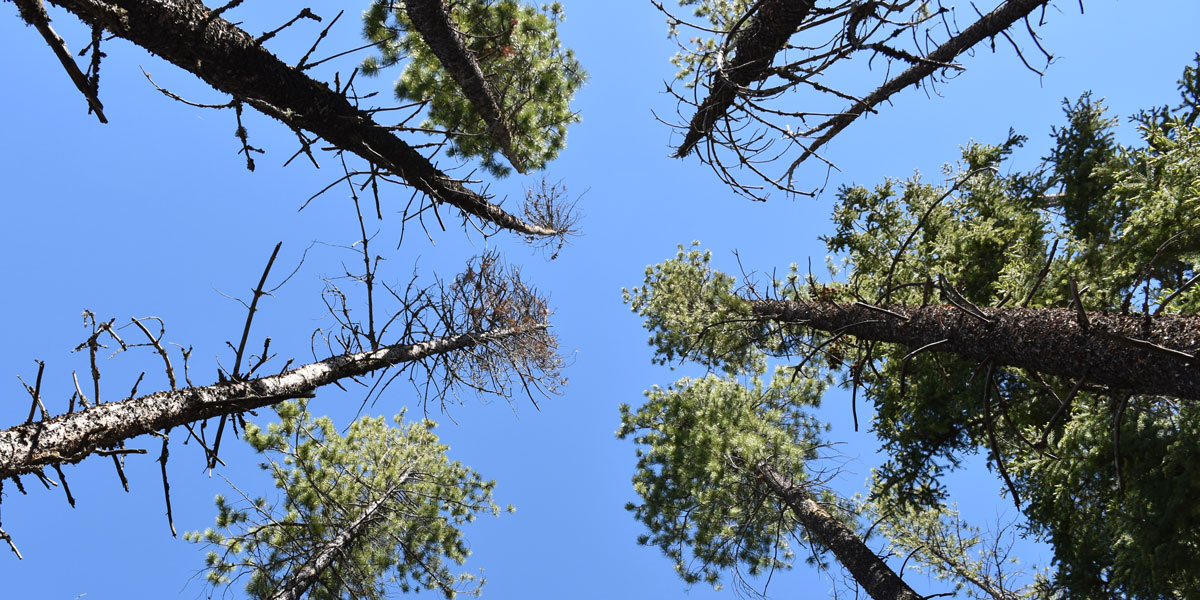

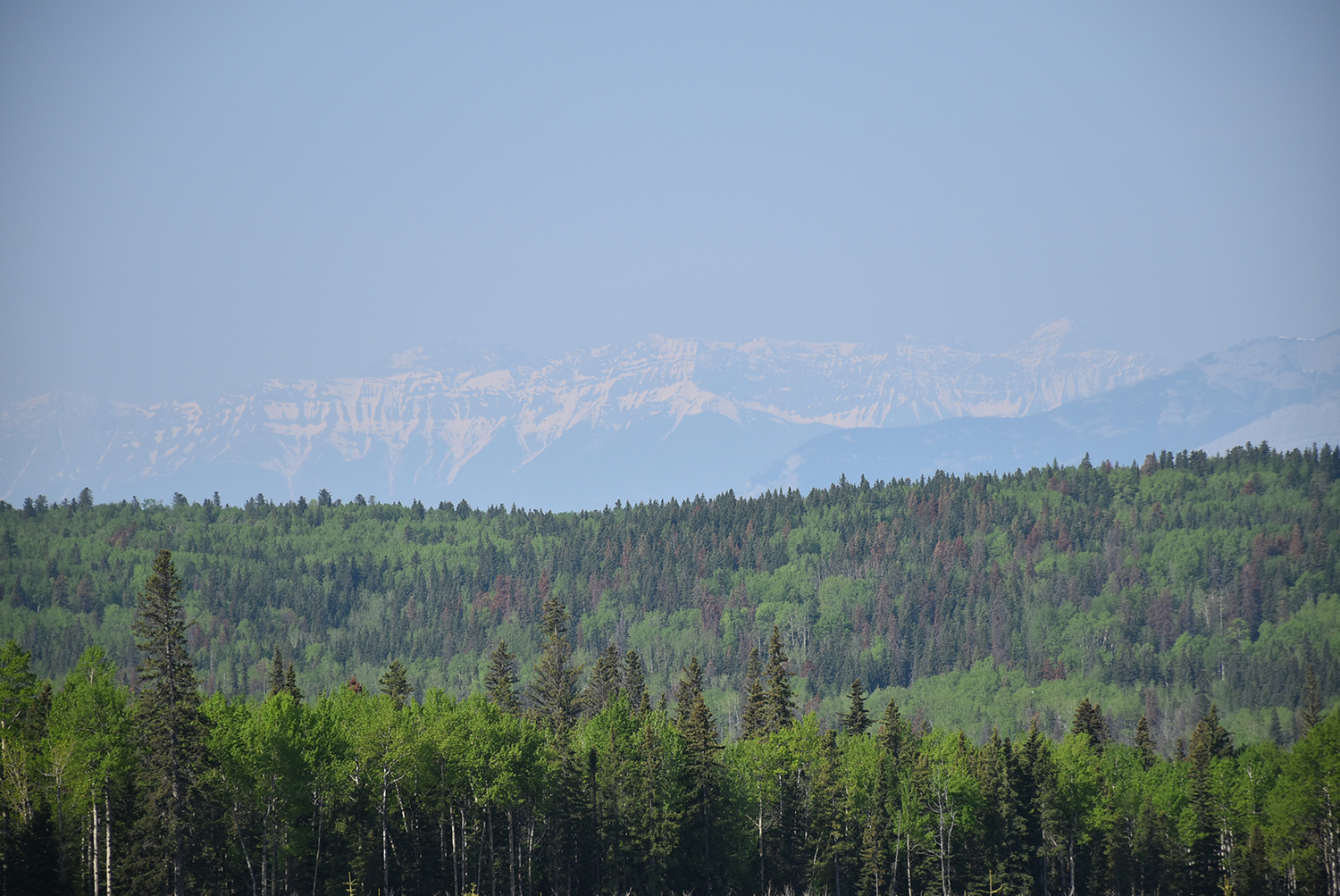
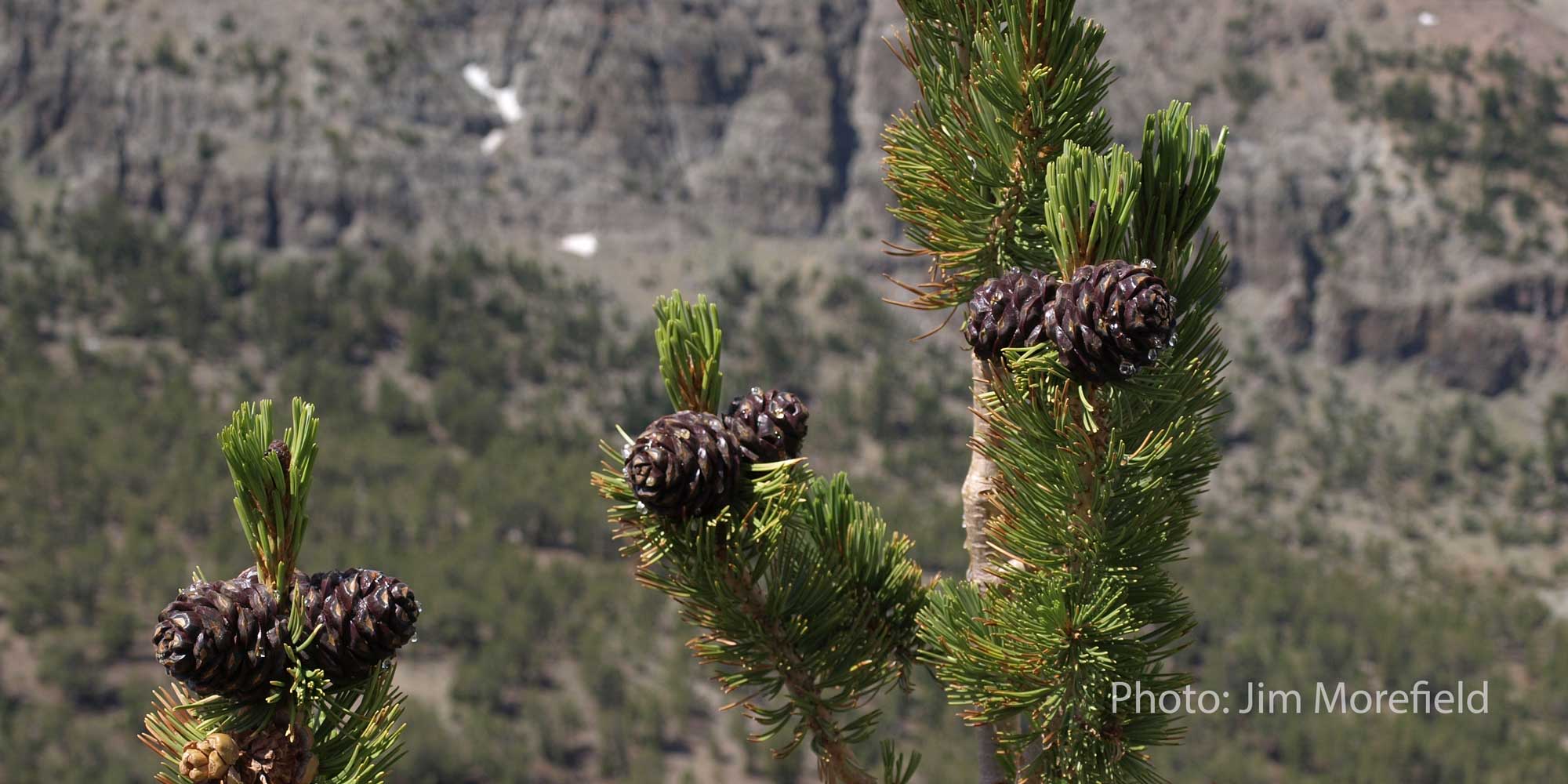
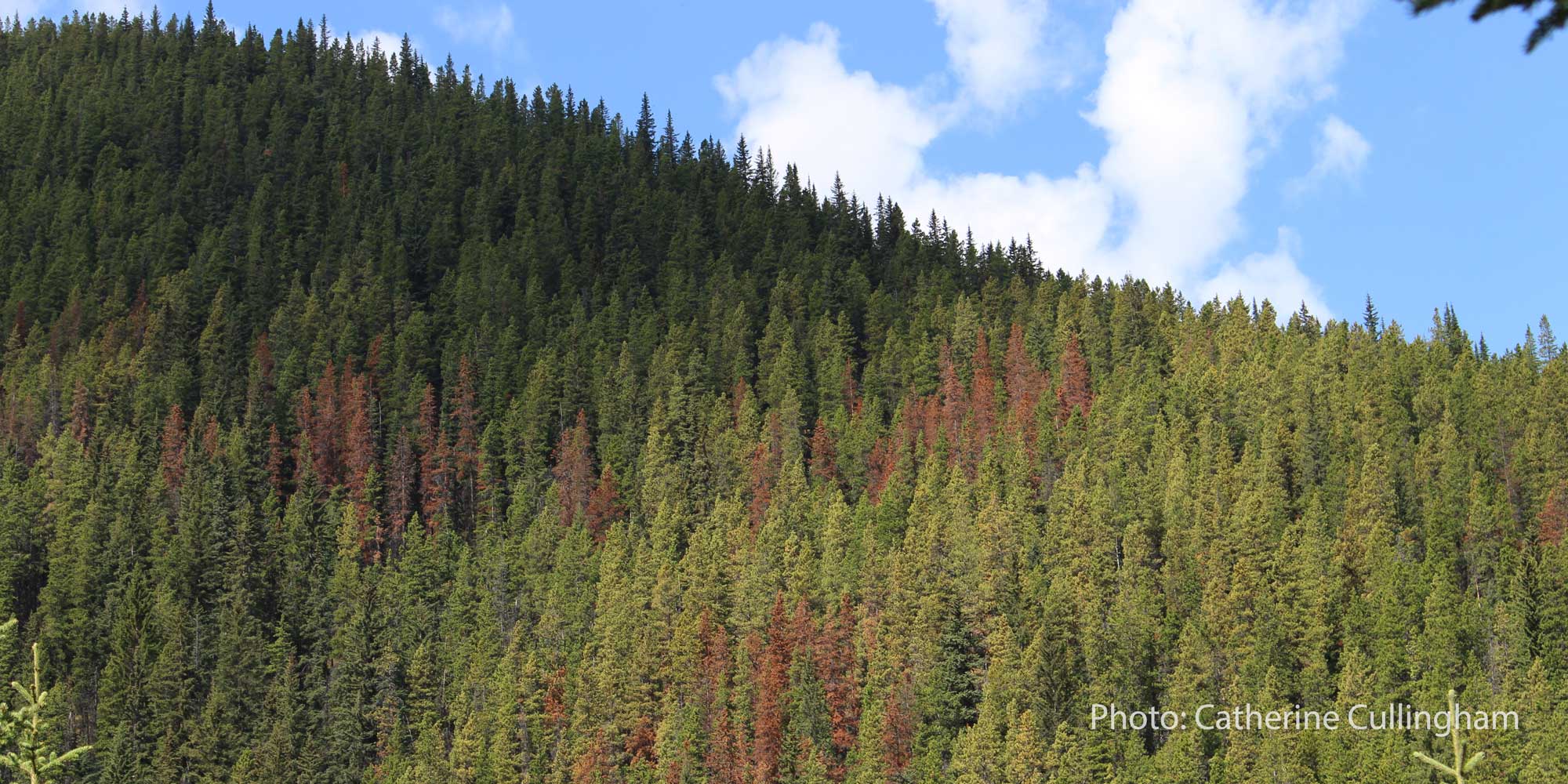
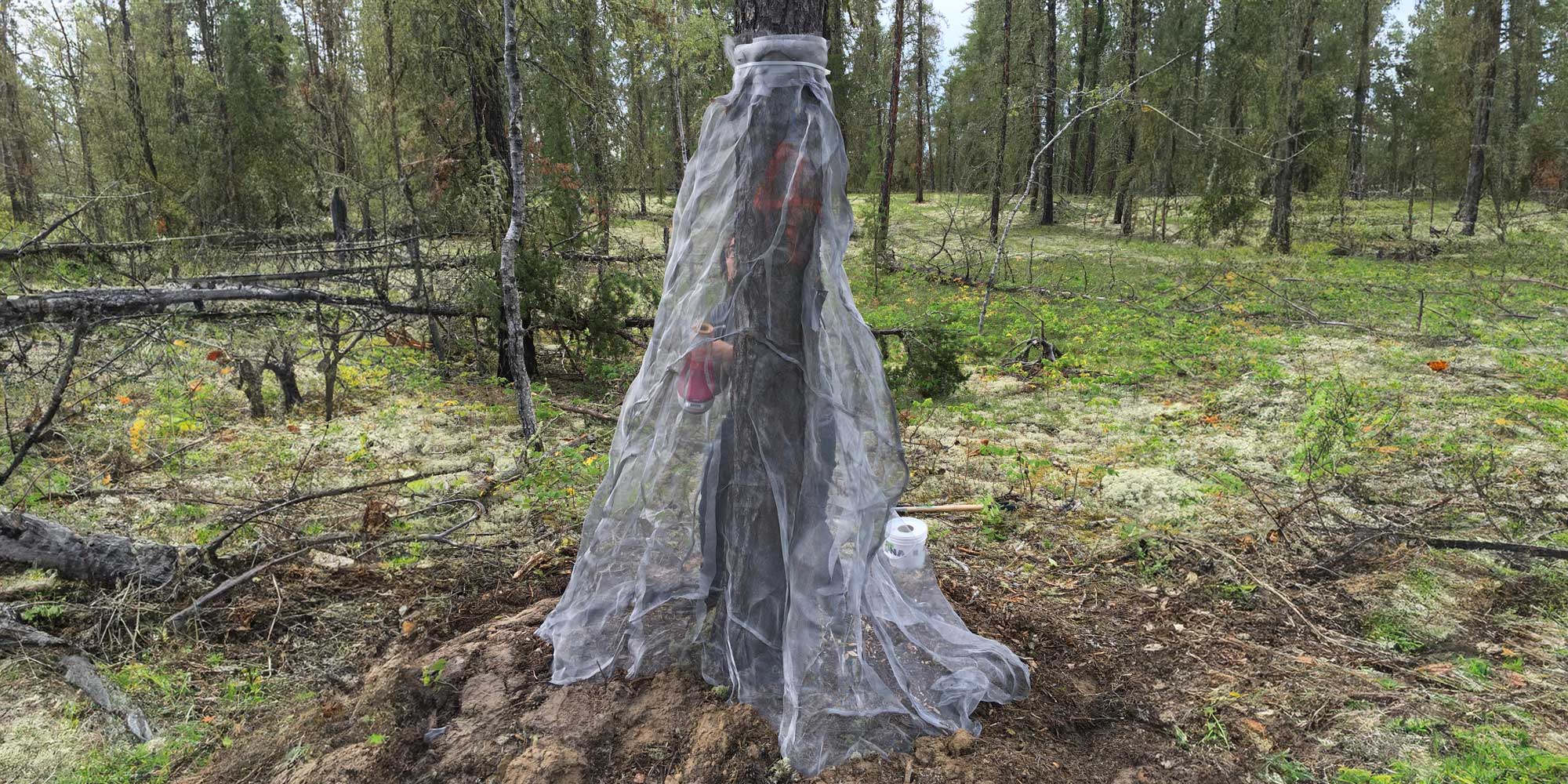
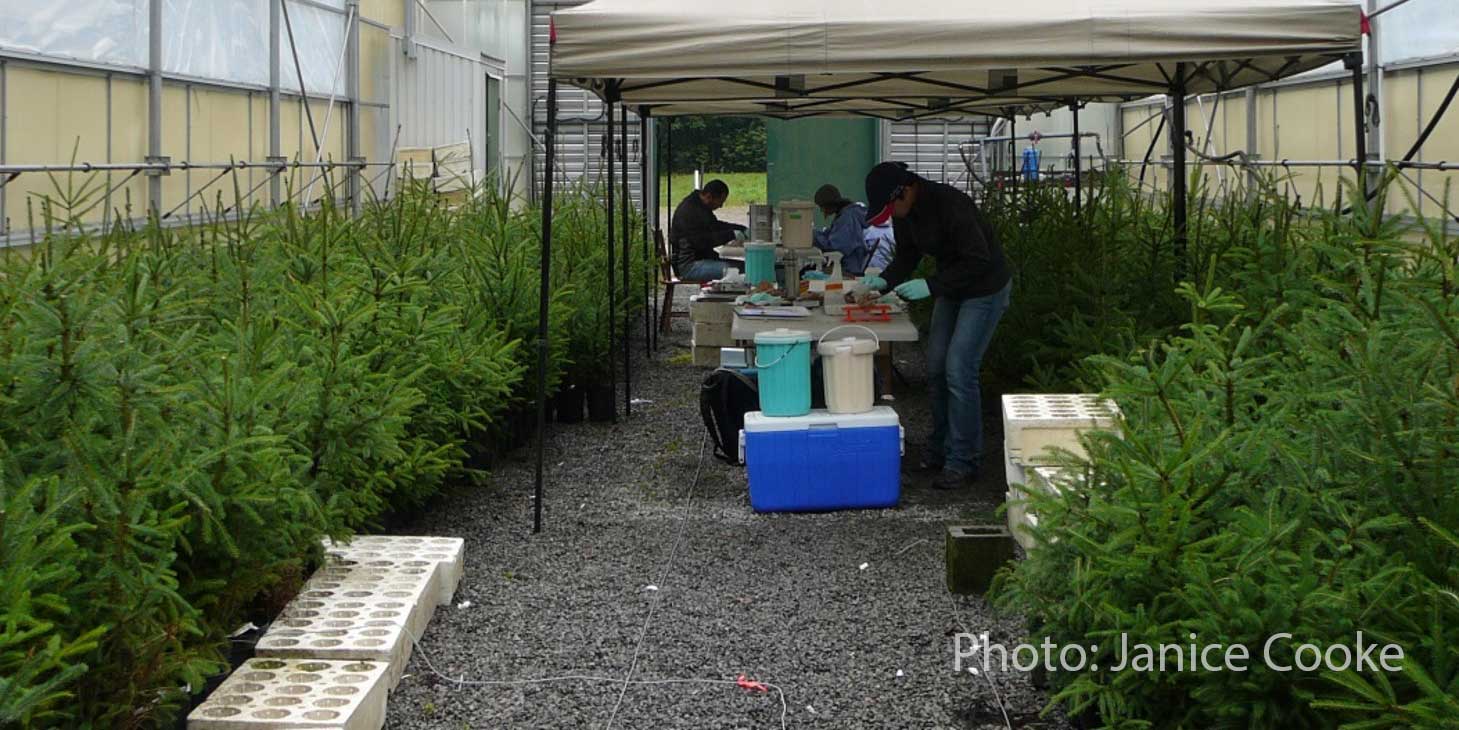
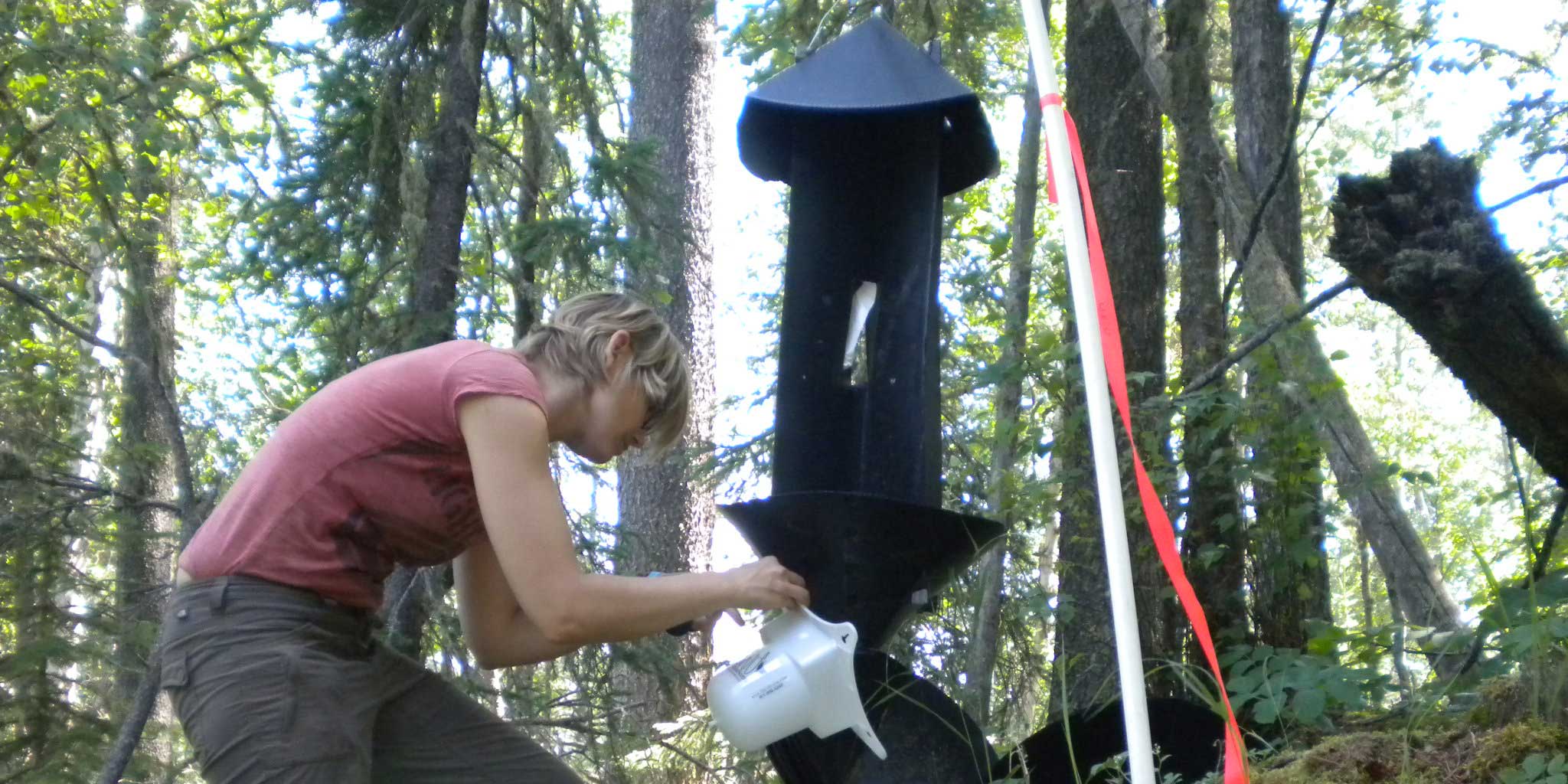
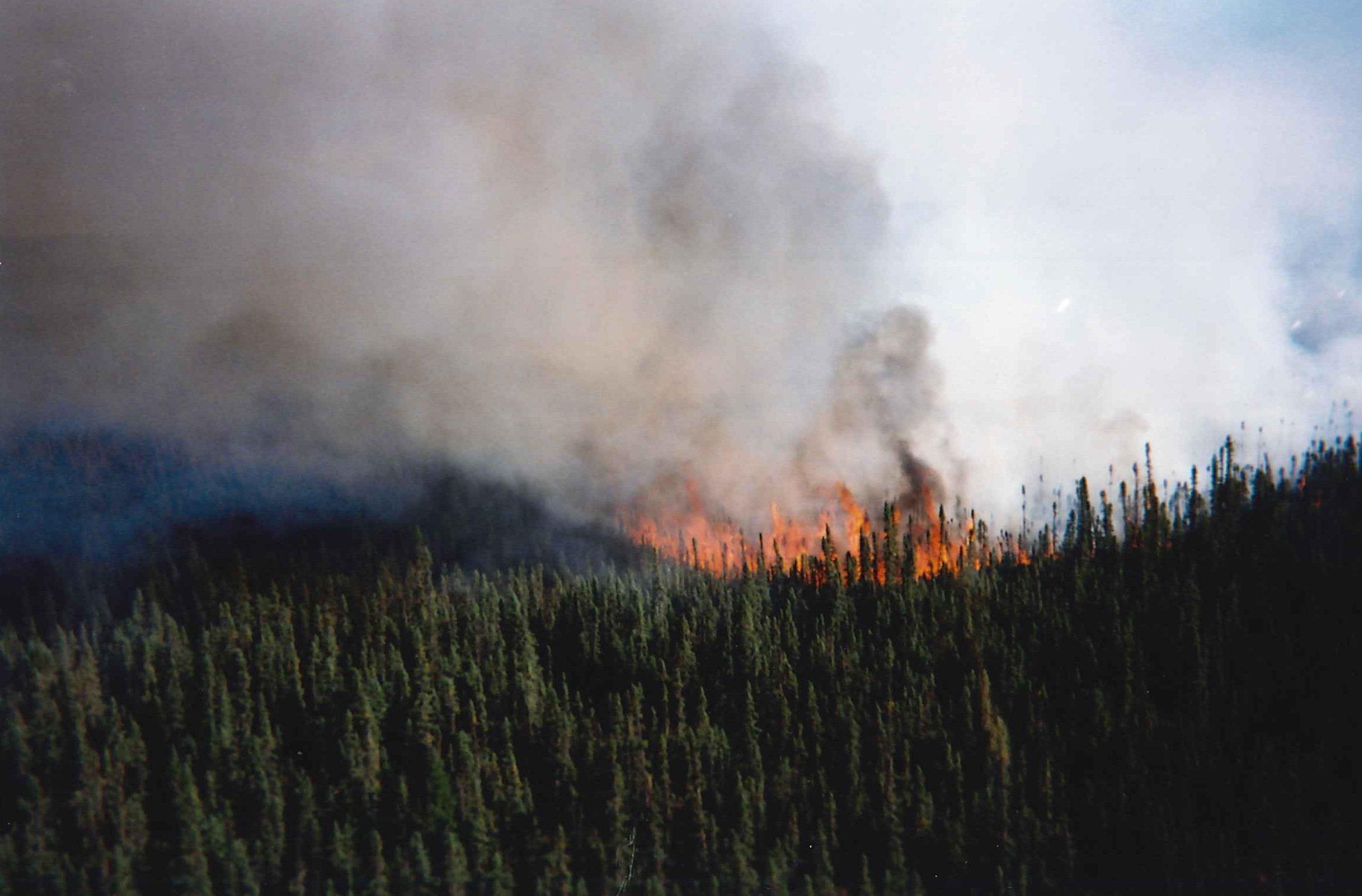
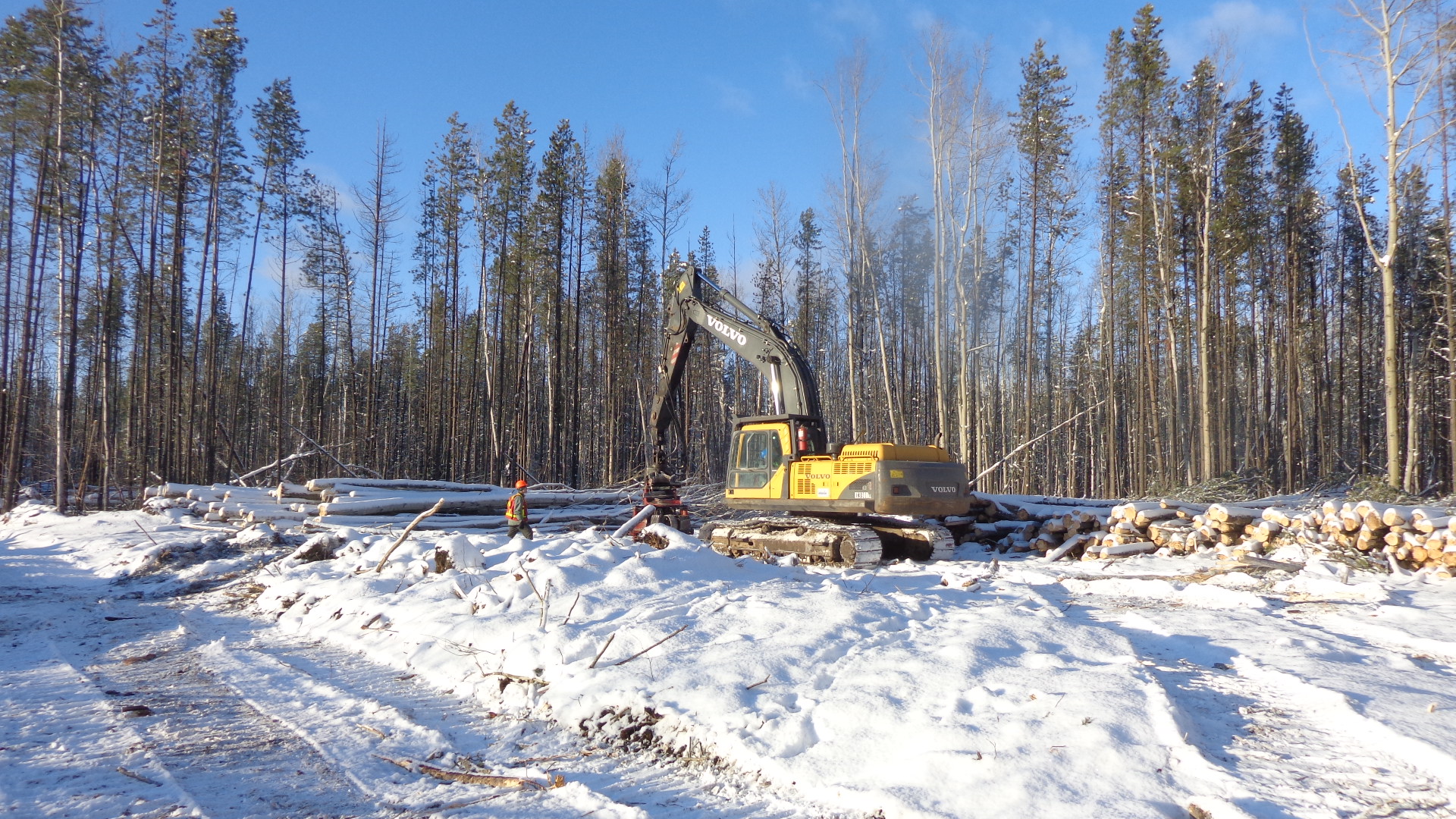
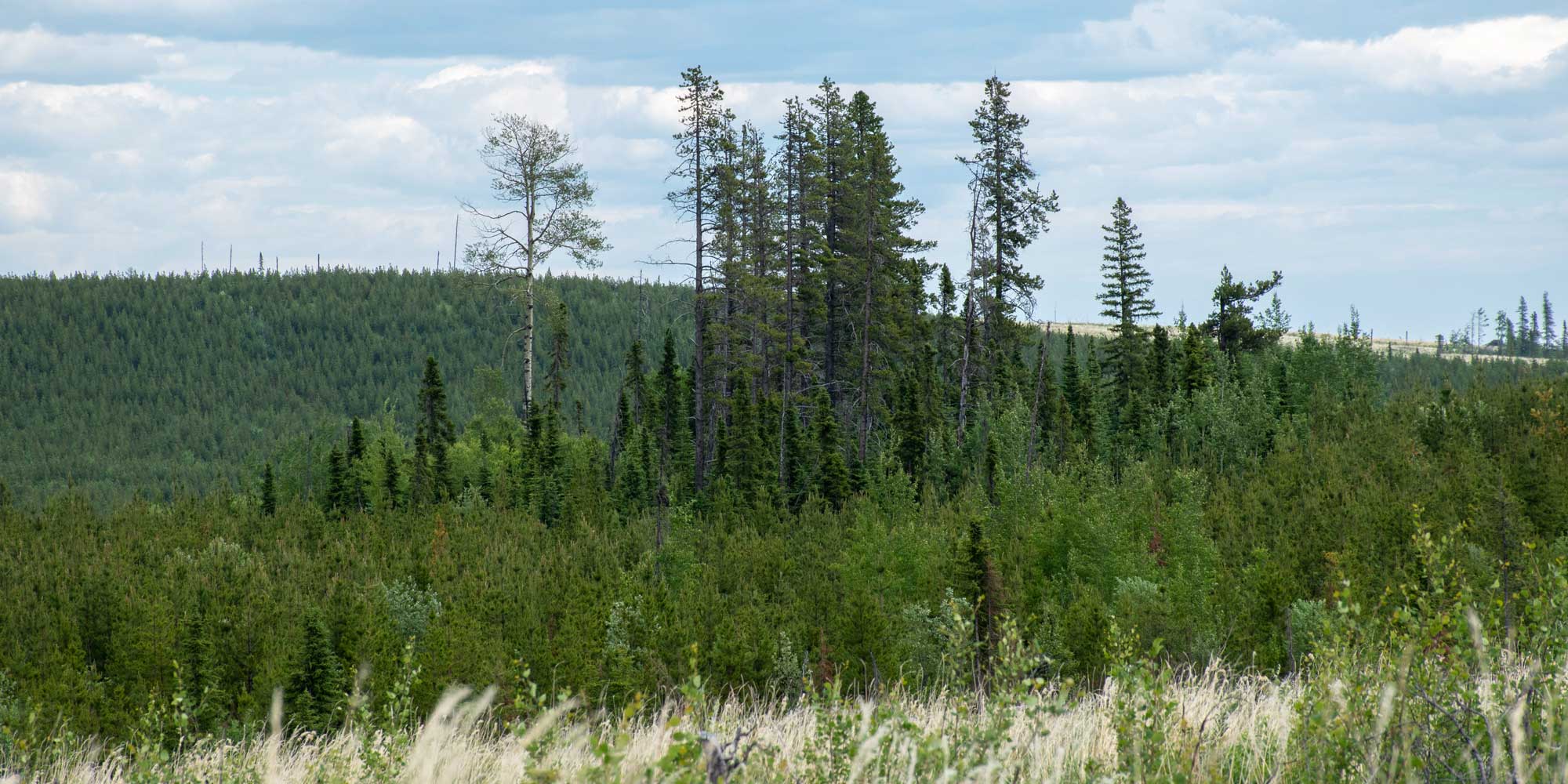


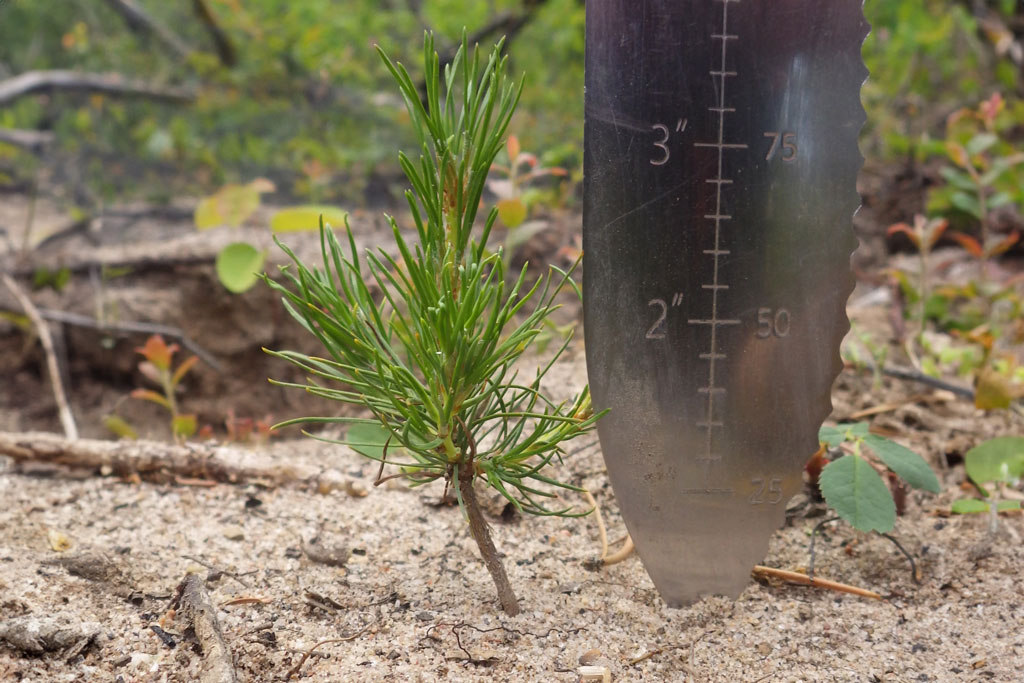
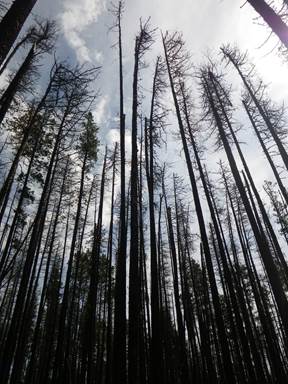
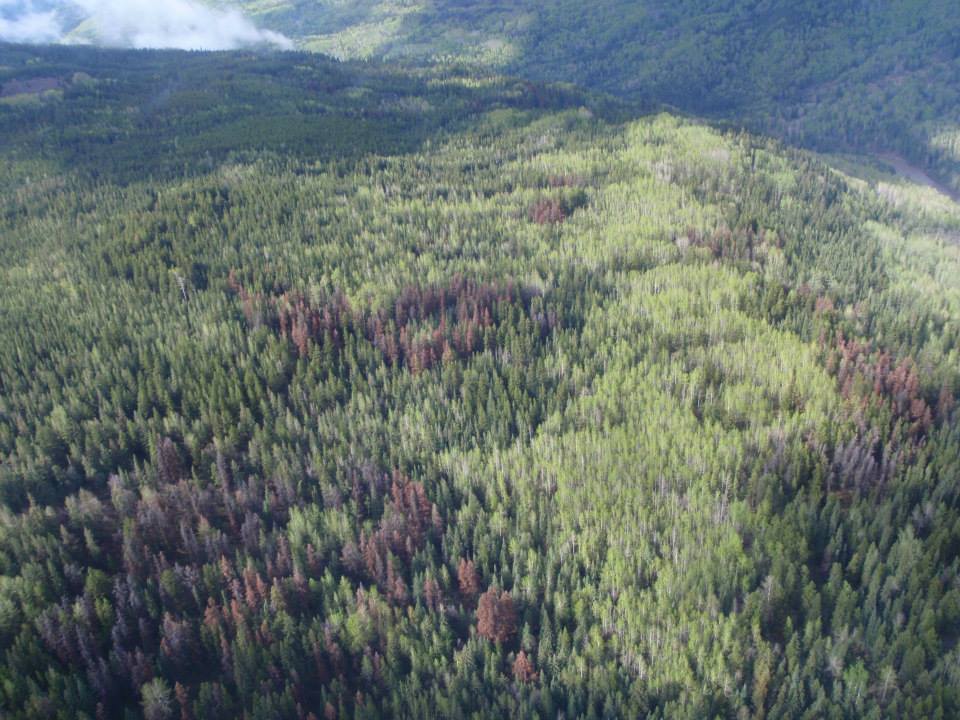
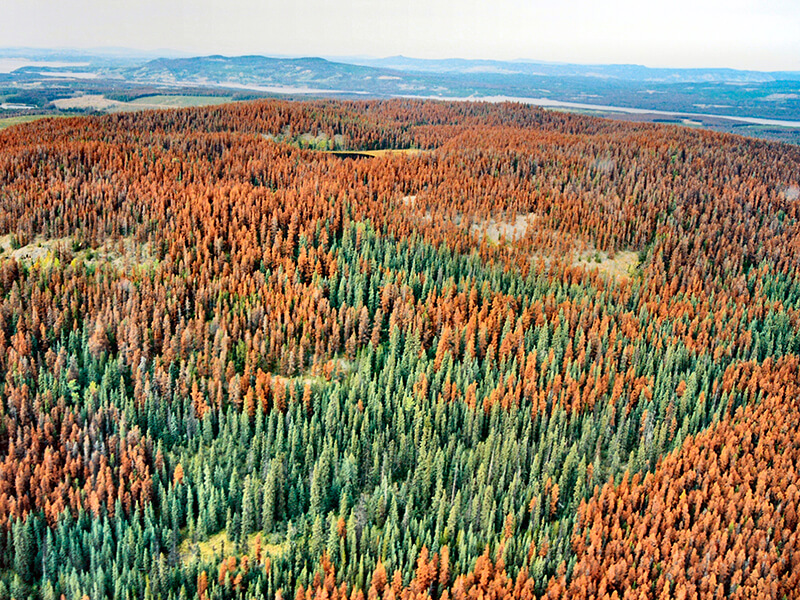

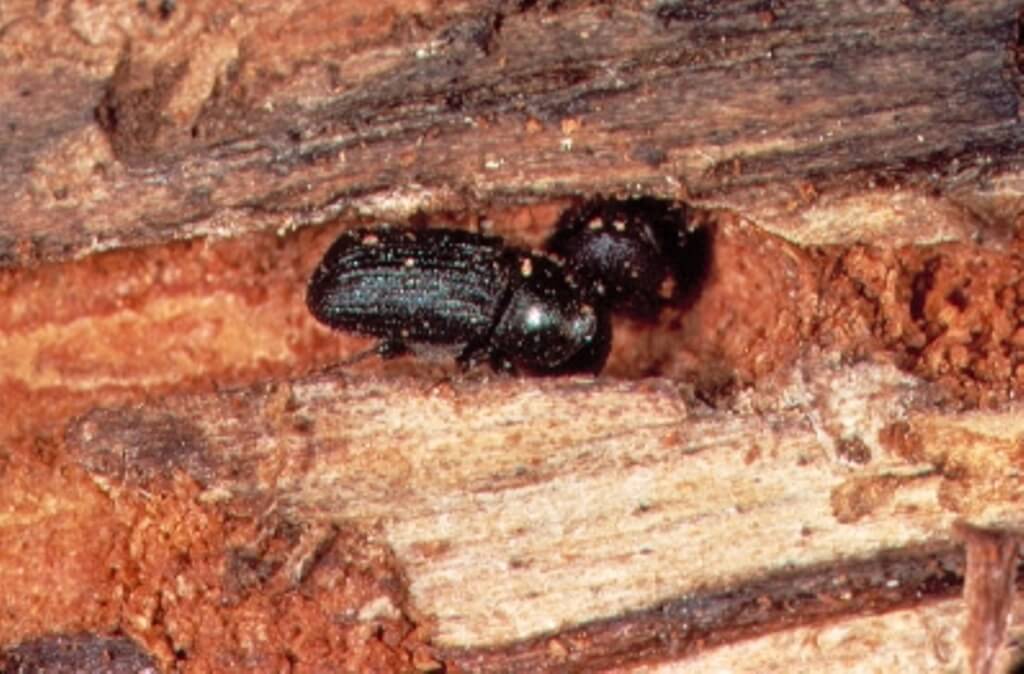

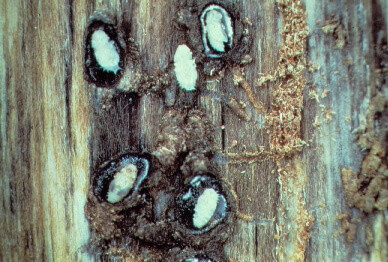

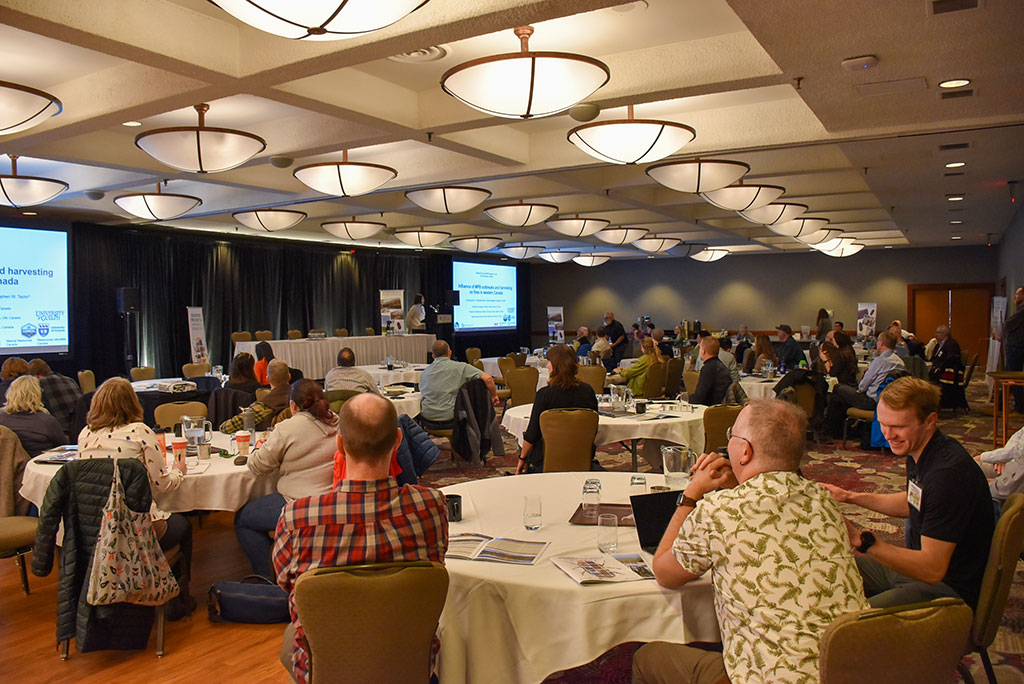

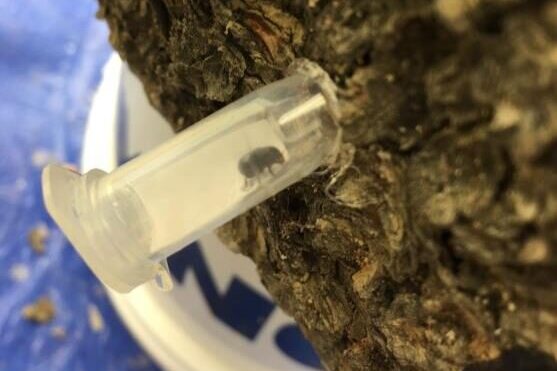
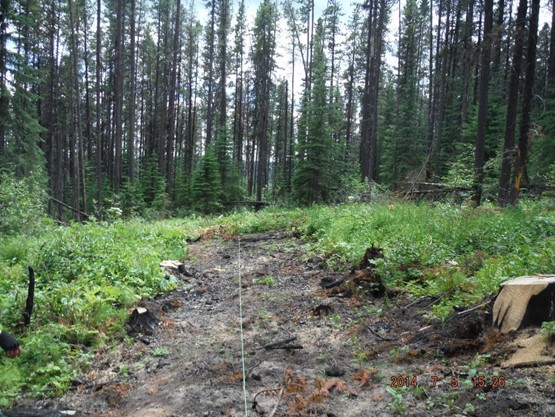


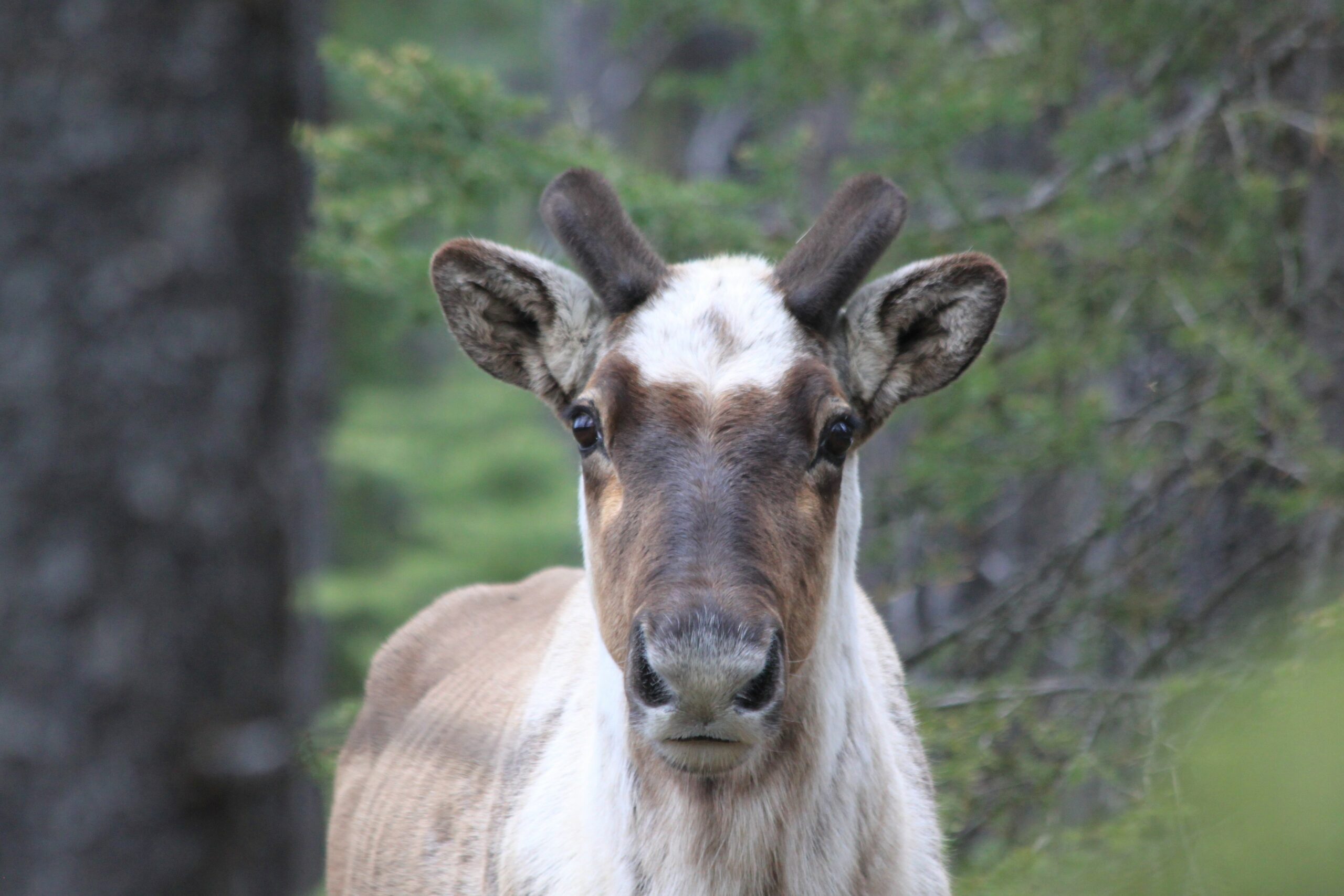
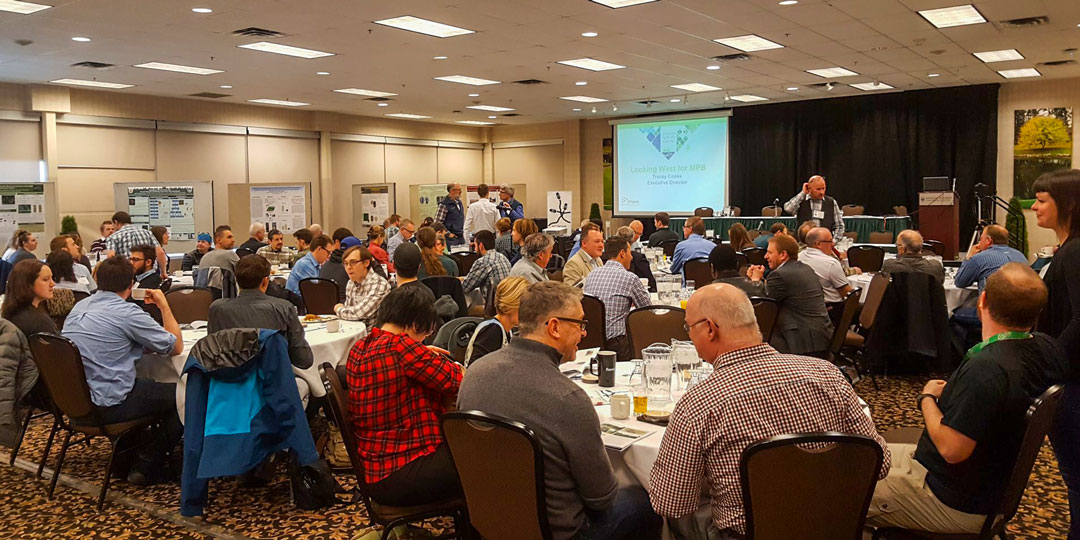
![[CLOSED] Federal-Provincial MPB Research Partnership Requests for Proposals | November 2021](https://friresearch.ca/data/MPBEP_2021_03_mpb-large-shadow-grid.jpg)

